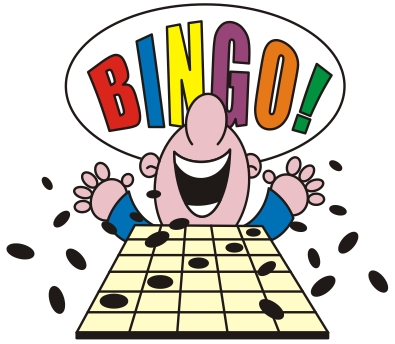So I am back with a post
reporting how my microteaching theory was. It really was an enriching
experience for me where I could assess myself of how well I could engage and
manage my students.
In this post, I will be sharing with you a summary of what
I executed for my microteaching and what could have been done better. The topic
I attempted to teach is Money and Resource Management. I showed a snippet of
how I’d carry out my trigger, my main activity and my conclusion.
Before my trigger, for the class
opening, I played a short clip of the song price tag which played the lyrics ‘It’s
not about the money’. This was a great way to begin the class as it could grasp
the attention of students as familiar tune was played, but my approach of the
song was incorrect as I told the students to forget the song because today’s
lesson IS about the money.
This was not a recommended way of using the song as once a familiar tune is
played, students tend to remember it. Instead, I could have built up on the
song and explaining the importance of money so that students can relate the
song with the lesson.
Also, as I thought merely listing
objectives on my facilitating slides, would not help students understand what
they are to learn for the day. Thus, as shown in the image below, I had
rephrased the objectives as questions and I used pictures to describe the
objectives. However, this was not clear to the students. I could have perhaps
been clearer with my instructional verbs. So that students could relate them as
objectives of the lesson.
My trigger activity was a think-pair-share activity on needs and wants of which students were required to identify a need or a want from their personal belongings and share it with their partners. An improved way of conducting this activity would be to for students to show the item to their partners but instead of sharing with them, asking them to guess if it’s a need or want. This would allow students to understand the differences in opinion that they have and emphasize the point that people have differing needs and wants and what is most important is that they follow their values and live learn to live within their means.
My main activity was a group case
study which I went through during my microteaching. I thought I provided
students with too little time to complete the activity, thus the audience were
really not representative of how an actual class would react to the case-study.
Other than that I thought the questions were well structured, and this exercise
was highly beneficial to assessing if students understood what has been
previously taught.
My final activity was the rapid
fire round where I asked true or false questions and students were given cards
to raise (red representing false and green representing true) to provide their
answers. This was a great way to wrap up the class and check the understanding
of students without verbal responses. Another concluding activity that was
executed by my friend that had a gist of what I did is something I’d like to
share as I thought it was effective. My friend conducted an activity called
quiz kinetic by labelling tables as options and students were to move to the
option they think is the right response to a question. This is a more physical
approach as to what I conducted and I thought it is more engaging as students
get to move. Classroom management however needs to be well-taken care of during
the activity.
I hope the pointers I have shared
are useful as they definitely were to me. I am glad to have made mistakes as it
serves as an opportunity for me to improve. Hopefully, for my next
microteaching, I will return improved with more creative ideas to execute.
Till
then, its me devi signing offJ
















